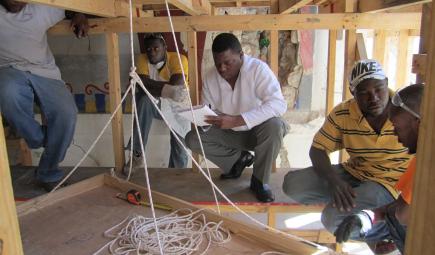Smithsonian Global
Protecting the World’s Treasures. Asking Big Questions. Tackling the Future’s Challenges.
You may know us at Smithsonian for our museums and collections, but we’re also a global organization actively involved in conserving biodiversity, priceless art, and much more.
Discover the difference we’re making in communities around the world.
About
This
Image







